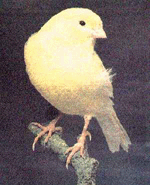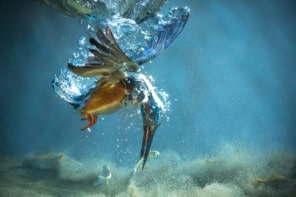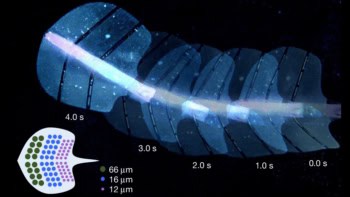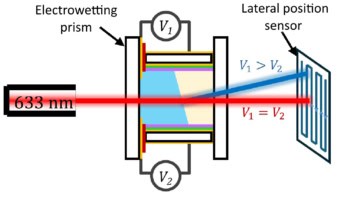The distinctive songs of birds such as canaries are complex acoustic patterns involving notes of many frequencies and lengths. But the physical processes that produce these songs could be surprisingly simple, according to researchers at Rockefeller University in the US and Ciudad University in Argentina. By treating a bird’s vocal organ as a harmonic oscillator, Tim Gardner and colleagues developed a simple formula that accurately mimics at least three distinct notes in the canary’s repertoire (T Gardner et al 2001 Phys. Rev. Lett. 87 208101-1).

Similar to the human larynx, a bird’s vocal organ – or syrinx – consists of folds of tissue in the passage that connects the lungs to the throat. As the bird expels air, these folds open and close to produce notes with frequencies between 1 and 2 kilohertz. Individual ‘syllables’ in the song last between 10 and 300 milliseconds.
Two factors control how sounds are produced – the pressure of the air entering the syrinx from the lungs, and the elasticity of the folds that make up the walls of the organ. When the air pressure exceeds a certain level, the folds oscillate. Gardner and colleagues recognised that this behaviour is analogous to the motion of a simple harmonic oscillator such as a mass on a spring.
The team developed a formula based on the equations of simple harmonic motion to relate the air pressure and elasticity to the pitch of the note produced. Using the formula, they accurately modelled the spectral characteristics of three typical notes in a canary’s song – a short falling note, a long rising note and a medium-length note that rises then falls.
Biologists are interested in the link between brain activity and song because fledglings learn to sing by listening to adult birdsong. This research requires an understanding of the underlying physical processes, which Gardener and colleagues have now helped to provide. Such studies may even shed light on how humans learn to speak – a neural process that is thought to be similar to the mimicking behaviour of young birds.



